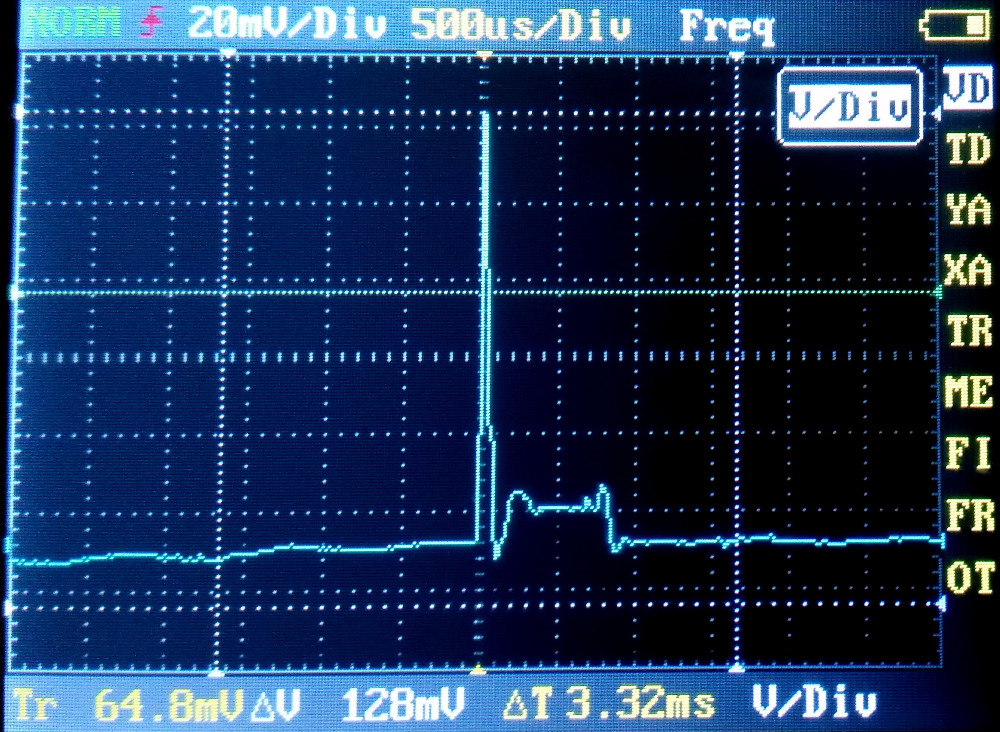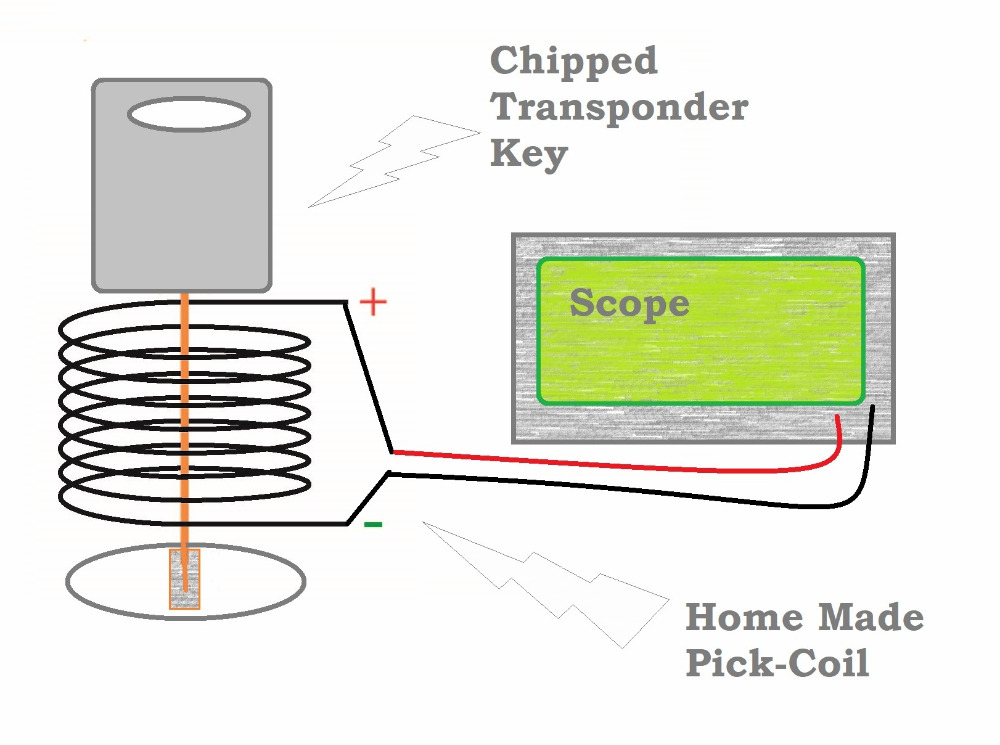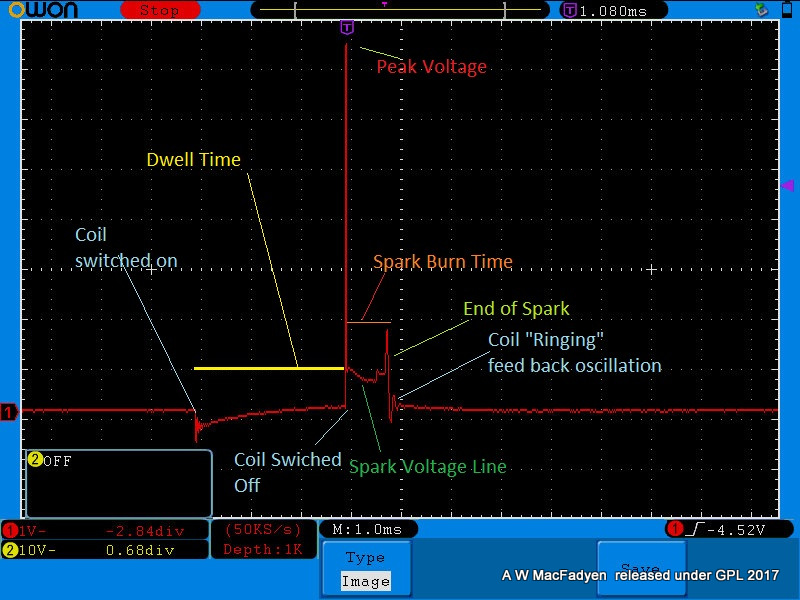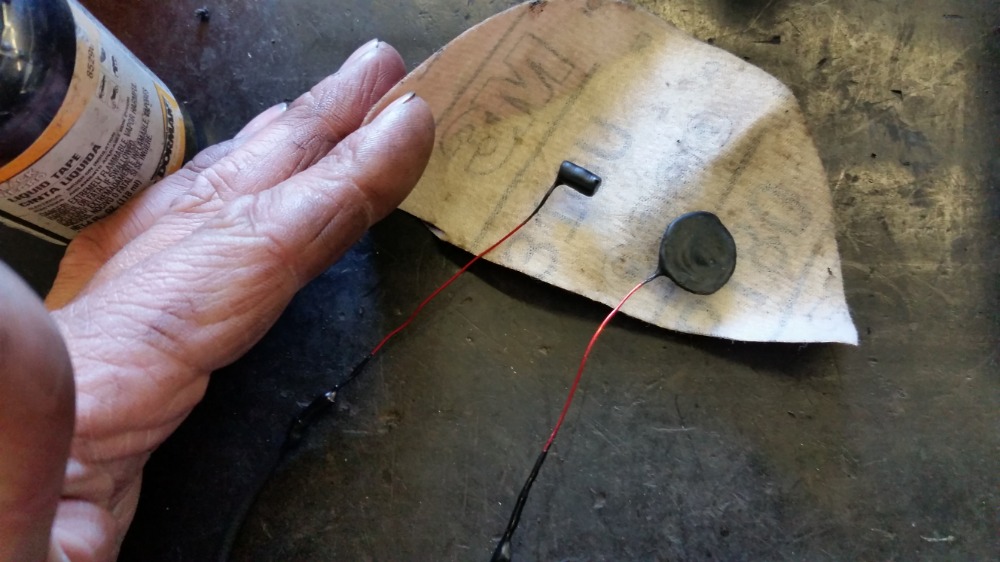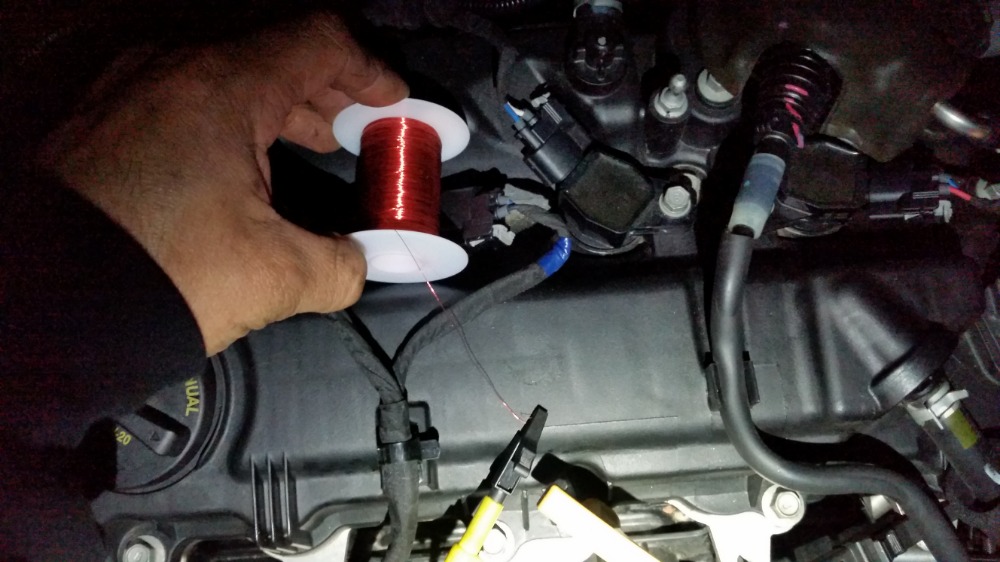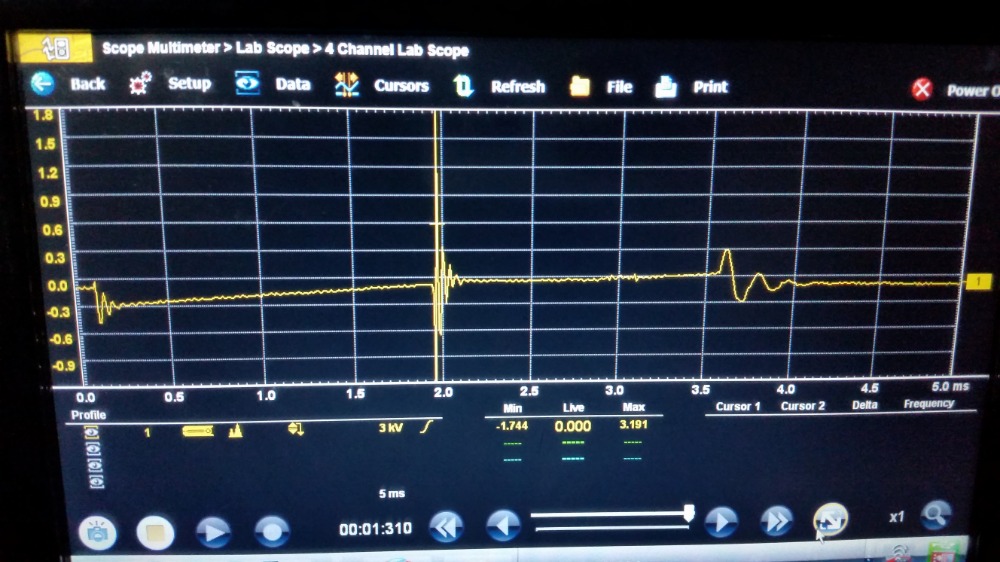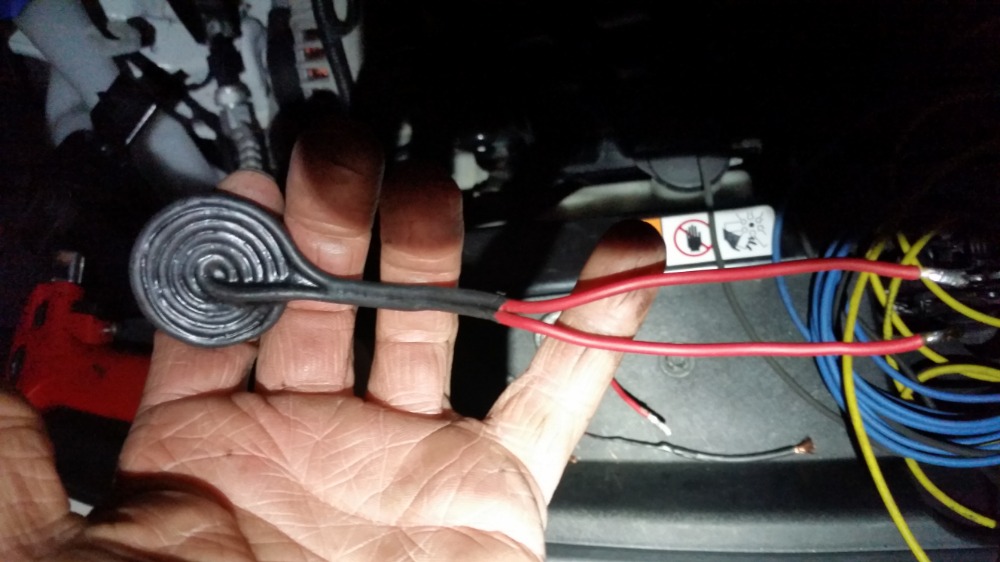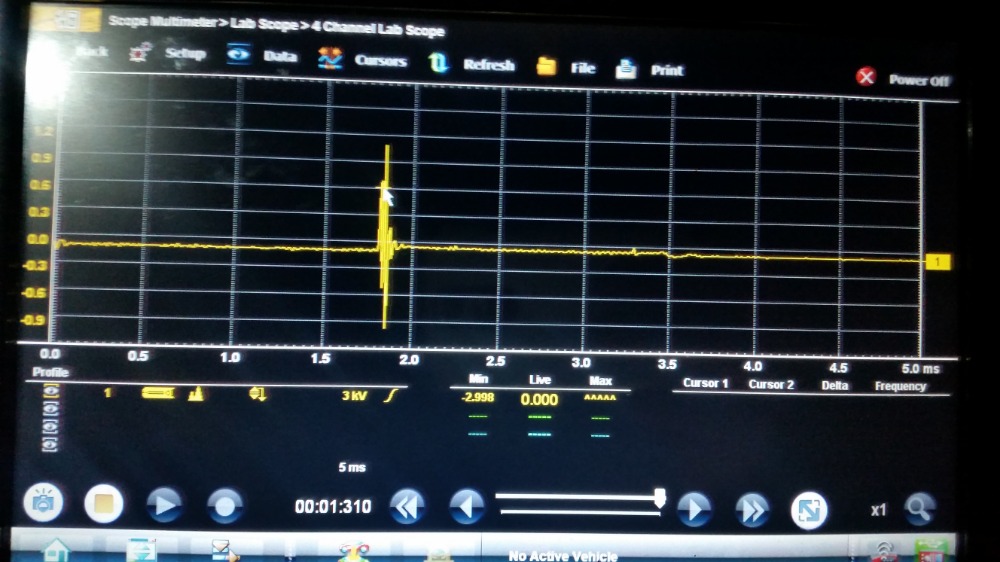*** Restricting New Posts to SD Premium Members ONLY *** (09 May 2025)
Just made a new account? Can't post? Click above.
Ignition Probe Discussions \ Tests & Debates - Do YOU need to buy one?
- Andy.MacFadyen
-

- Offline
- Moderator
-

- Posts: 3353
- Thank you received: 1037
" We're trying to plug a hole in the universe, what are you doing ?. "
(Walter Bishop Fringe TV show)
Please Log in or Create an account to join the conversation.
- Andy.MacFadyen
-

- Offline
- Moderator
-

- Posts: 3353
- Thank you received: 1037
time.
If my high school physics is correct this is actually showing the secondary current rather than voltage.
" We're trying to plug a hole in the universe, what are you doing ?. "
(Walter Bishop Fringe TV show)
Please Log in or Create an account to join the conversation.
- Andy.MacFadyen
-

- Offline
- Moderator
-

- Posts: 3353
- Thank you received: 1037
" We're trying to plug a hole in the universe, what are you doing ?. "
(Walter Bishop Fringe TV show)
Please Log in or Create an account to join the conversation.
- graywave
-
 Topic Author
Topic Author
- Offline
- Elite Member
-

- Adv. Diagnostics New Hampshire
- Posts: 302
- Thank you received: 80
From my understanding, inductive probes work when there is an EM field passing through the center of the coil of wire versus on the sides. Similar to how an AMP Probe works. That seems to be where capacitive comes into play? Seems like there is a gray area when it comes to using a coil of wire for capacitive vs inductive. I think for our use, its more capacitive.
Here is a copy and paste from
www.quora.com/What-is-the-difference-bet...nd-inductive-sensors
Inductive sensors use a magnetic field to detect objects. Capacitive sensors use an electric field. In order to be sensed by an inductive sensor an object must be conductive. This limits suitable targets to metal objects (for the most part). In order to be sensed by a capacitive sensor the target doesn’t need to be conductive. A capacitive sensor will react to an object acting as a dielectric material as well as a conductive object. This makes metal and non-metal objects suitable targets.
So it seems an inductive pickup puts out its own Magnetic field?
Confirm what it's not, and fix what it is!
Please Log in or Create an account to join the conversation.
- Tyler
-

- Offline
- Moderator
-

- Full time HACK since 2012
- Posts: 6053
- Thank you received: 1523
Please Log in or Create an account to join the conversation.
- graywave
-
 Topic Author
Topic Author
- Offline
- Elite Member
-

- Adv. Diagnostics New Hampshire
- Posts: 302
- Thank you received: 80
Tyler wrote: Stickied.
Thanks Tyler
I order a magnet wire assortment kit which was delivered today so I am going to play around with that.
So far, no matter how many turns I have on a capacitive probe, the signal strength stays the same. Only reason I can see is some of the wraps go beyond the the edge of the coil. So Im going to make some with 22-30awg magnet wire and see what the results will be.
Confirm what it's not, and fix what it is!
Please Log in or Create an account to join the conversation.
- Andy.MacFadyen
-

- Offline
- Moderator
-

- Posts: 3353
- Thank you received: 1037
A capacitive probe won't invert the signal if you flip it the other side up.
Interestingly because the coils magnetic field on a double coil shared between two companion cylinders an inductive probe l the trace will show the current flowing through both spark plugs.
" We're trying to plug a hole in the universe, what are you doing ?. "
(Walter Bishop Fringe TV show)
Please Log in or Create an account to join the conversation.
- graywave
-
 Topic Author
Topic Author
- Offline
- Elite Member
-

- Adv. Diagnostics New Hampshire
- Posts: 302
- Thank you received: 80
Interestingly enough, The amount of turns didn't make a difference at all. All my probes produced the same signal strength with very minor differences. My original ones with 16 awg wire had 5 turns and my new ones are 22awg with 13 turns. Produced the same strength signal with the original one possibly having a bit more signal strength.
I also tried using the dual ended probe which I suppose is an inductive probe. Problem with that is using both ends, one end to the ground on the scope and one end to a channel 1, scope not grounded; the signal was very weak. Didn't seem to invert either when flipping the probe over. If disconnect the lead that is connected to the scope ground terminal, the signal drastically increases in strength. So it seems only probes with 1 wire works. The other end covered and not connected to anything.
Now I am wondering if surface area has anything to do with signal strength. I made a probe with 22awg magnet wire that had 3 turns, tiny mini probe and the signal was very weak. I am wondering how a penny or quarter soldered to a wire will do.
2 Probes, Both 13 turns. Wound differently. The flat probe worked the best
Also tried the entire roll of 22awg magnet wire, produced a weaker signal than the probe, probably has something to do with the orientation of the roll. Similar to the 13 turn tiny probe in the first picture above.
22awg,13 Turn Probe
22AWG 13 Turn Probe Signal
16awg 6 turn Dual ended probe which had a much weaker signal when using both ends.
Dual End Probe using Both Ends
Dual End Probe using One End. For some reason this probe is weaker on these coils but sometimes produces stronger signals on other vehicles. Odd. On my car, this probe was weak for what ever reason.
Confirm what it's not, and fix what it is!
Please Log in or Create an account to join the conversation.
- graywave
-
 Topic Author
Topic Author
- Offline
- Elite Member
-

- Adv. Diagnostics New Hampshire
- Posts: 302
- Thank you received: 80
Andy.MacFadyen wrote: I dismantled an old style Hantek conventional plug wire clip on secondary probe that the cable had got burned on an exhaust, it not only had attenuation but used diode pairs on the output to protect the scope. I have the Auto-Ditex pick-up and also Hantek wand but I found I can often getl a useful trace using my just hand as capacitive probe
I find a lot of snags using ignition probes on plug top coils not the least because different brands of coil can produce totally different waveforms even on the same engine, and different probes can produce very different looking results.
Did you have pictures of the internals? I also have one of this, maybe I"ll take it apart. Its sometimes hard for me to wrap my head around the use of diods. I understand what they do for the most part.
I need to understand the fundamentals better to come up with a protection circuit for the probes in the event the signal is to strong or some how an arch gets into the probe which I think is going to be rare.
Confirm what it's not, and fix what it is!
Please Log in or Create an account to join the conversation.
- simclardy
-
- Offline
- Senior Member
-

- Posts: 78
- Thank you received: 7
Sent from my SM-G930V using Tapatalk
Please Log in or Create an account to join the conversation.
- al514
-
- Offline
- Senior Member
-

- Posts: 54
- Thank you received: 7
Please Log in or Create an account to join the conversation.
- Dtech494
-
- Offline
- Junior Member
-

- Posts: 35
- Thank you received: 9
The only thing is that the commercial ones have grounding, attenuation and other protection built in this is the only potential caveat to consider or mitigate.
Please Log in or Create an account to join the conversation.
- Dtech494
-
- Offline
- Junior Member
-

- Posts: 35
- Thank you received: 9
Please Log in or Create an account to join the conversation.
- Matt T
-
- Offline
- Platinum Member
-

- Posts: 751
- Thank you received: 276
graywave wrote:
Andy.MacFadyen wrote: I dismantled an old style Hantek conventional plug wire clip on secondary probe that the cable had got burned on an exhaust, it not only had attenuation but used diode pairs on the output to protect the scope.
Did you have pictures of the internals? I also have one of this, maybe I"ll take it apart. Its sometimes hard for me to wrap my head around the use of diods. I understand what they do for the most part.
I need to understand the fundamentals better to come up with a protection circuit for the probes in the event the signal is to strong or some how an arch gets into the probe which I think is going to be rare.
Regular diodes are easy enough to understand. They're basically just electrical check valves which only allow current to flow in one direction.
I'm wondering if the diodes Andy found in that Hantek probe were actually TVS diodes there to dump leakage from the secondary to ground.
en.wikipedia.org/wiki/Transient-voltage-suppression_diode
Please Log in or Create an account to join the conversation.
- Andy.MacFadyen
-

- Offline
- Moderator
-

- Posts: 3353
- Thank you received: 1037
" We're trying to plug a hole in the universe, what are you doing ?. "
(Walter Bishop Fringe TV show)
Please Log in or Create an account to join the conversation.
- al514
-
- Offline
- Senior Member
-

- Posts: 54
- Thank you received: 7
Please Log in or Create an account to join the conversation.
- cadman777
-
- Offline
- Banned
-

- Posts: 54
- Thank you received: 1
Thanx for all this good R&D!
I tried making my own COP probe recently before coming in here and this is what I found that helped me make one:
Haven't yet had time to make a multi-coil probe.
When I do, it'll be made from 1/8" copper flatbar strips.
The probe I made like the 1st link took me all of 15 minutes.
Dipping it and redipping it in PlastiCote is what you do when you have other things to do (just don't forget how many times you dipped it when you go back to redip!).
I made the copper cap pickup after it after testing the scope's ignition wire attenuated induction pickup lead by setting it on top of the coil, and then holding it beside the coil (COP system). Worked pretty good as bare metal. But not a good idea if you have spark leaks! I also tried the same using an alligator clip, but same warning applies.
I terminated the connector ends using male banana plugs b/c I cut the wires off an old DVM probe lead set and wanted to plug it into a cheap set of BNC/FBC leads. I think the thing cost about 2 bux US (not including the PlastiDip).
It's still a WIP, so will try using the magnet off a computer monitor cable to see if that helps absorb stray signals.
Otherwise, I haven't found a way to shunt a high voltage charge (like a jumping spark) off into lala land and not hurt my scope.
Cheers...
Please Log in or Create an account to join the conversation.
- Mike T
-
- Offline
- Premium Member
-

- Posts: 95
- Thank you received: 2
Please Log in or Create an account to join the conversation.
- Mike T
-
- Offline
- Premium Member
-

- Posts: 95
- Thank you received: 2
Please Log in or Create an account to join the conversation.
- Tutti57
-

- Offline
- Platinum Member
-

- Posts: 1096
- Thank you received: 253
Please Log in or Create an account to join the conversation.

